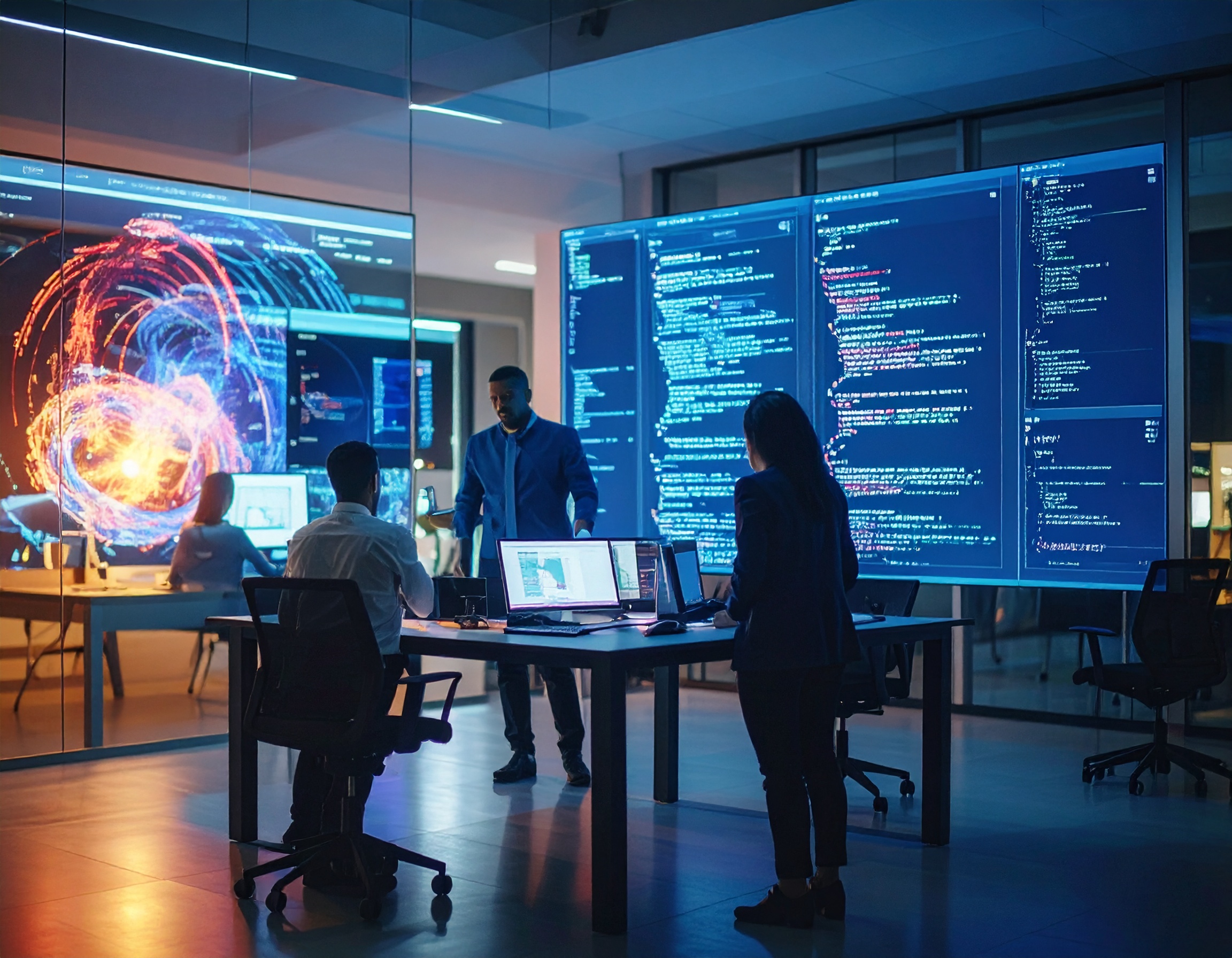Table of Contents Hide
5 Rules for Smarter, Safer AI-Assisted Development
 3 MIN. READING
3 MIN. READING
AI is rewriting the rules of software development. Tools like GitHub Copilot, Tabnine, and Replit’s Ghostwriter can slash development timelines, automate repetitive work, and help teams explore creative solutions faster than ever before.
But while AI can be an incredible productivity booster, overreliance comes with hidden costs, from security vulnerabilities to unmaintainable code.
Here are five things every developer should know to make the most of AI coding without sacrificing security, scalability, or sanity.
1. AI Can Supercharge Productivity—If You Stay in Control
AI is great at generating boilerplate code, creating quick prototypes, and even suggesting test cases. This frees up time for higher-value work like designing system architecture or solving complex business logic.
The key? Use AI as a helper, not a replacement. Treat its output as a starting point, not a finished product.
2. Opaque Code Is a Real Risk
AI-generated code can work perfectly in the short term but be nearly impossible to read, audit, or debug later. Without clear documentation and review, teams risk creating black-box logic that only the AI “understands.”
Always ensure AI-assisted code is refactored for clarity, follows your team’s style guide, and is documented for future maintainers.
3. Security and Compliance Still Need a Human Touch
Generative AI learns from massive datasets, which can include insecure or outdated coding practices. Without human oversight, you might unknowingly introduce vulnerabilities or non-compliant logic into your application.
Run all AI-generated code through manual reviews, security scanners, and compliance checks, especially if you’re in regulated industries like finance or healthcare. (Data Center Knowledge)
4. Hybrid Workflows Are the New Normal
The smartest teams are blending AI’s speed with human-led engineering rigor.
- Use AI for “vibe-style” prototyping—quickly exploring multiple implementations.
- Transition to human-driven architecture for scalability, maintainability, and security.
- Maintain continuous oversight with testing and peer review.
This hybrid approach delivers the best of both worlds: rapid iteration without cutting corners. (arXiv)
5. Governance Makes AI Sustainable
To avoid chaos, establish clear AI coding guidelines:
- Track which code is AI-generated.
- Document why it was used.
- Make security and maintainability checks part of the workflow.
This keeps your codebase transparent, compliant, and future-proof—even as AI’s role expands.
Bottom Line
AI is here to stay in software development. The developers who succeed will be those who embrace AI’s speed while protecting quality, security, and transparency.
At Accelario, we apply the same principle to test data provisioning—using AI to accelerate delivery without compromising compliance.


